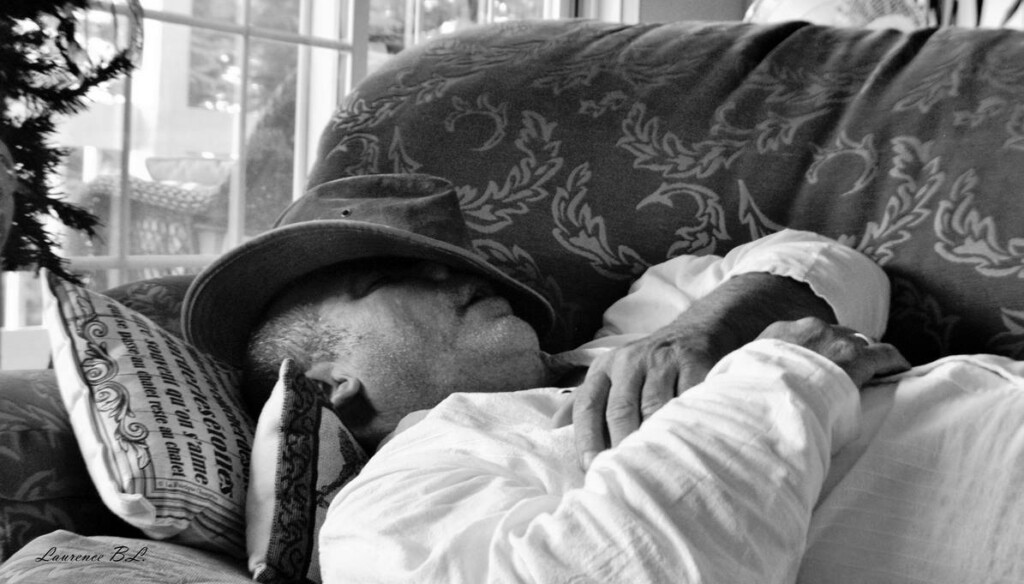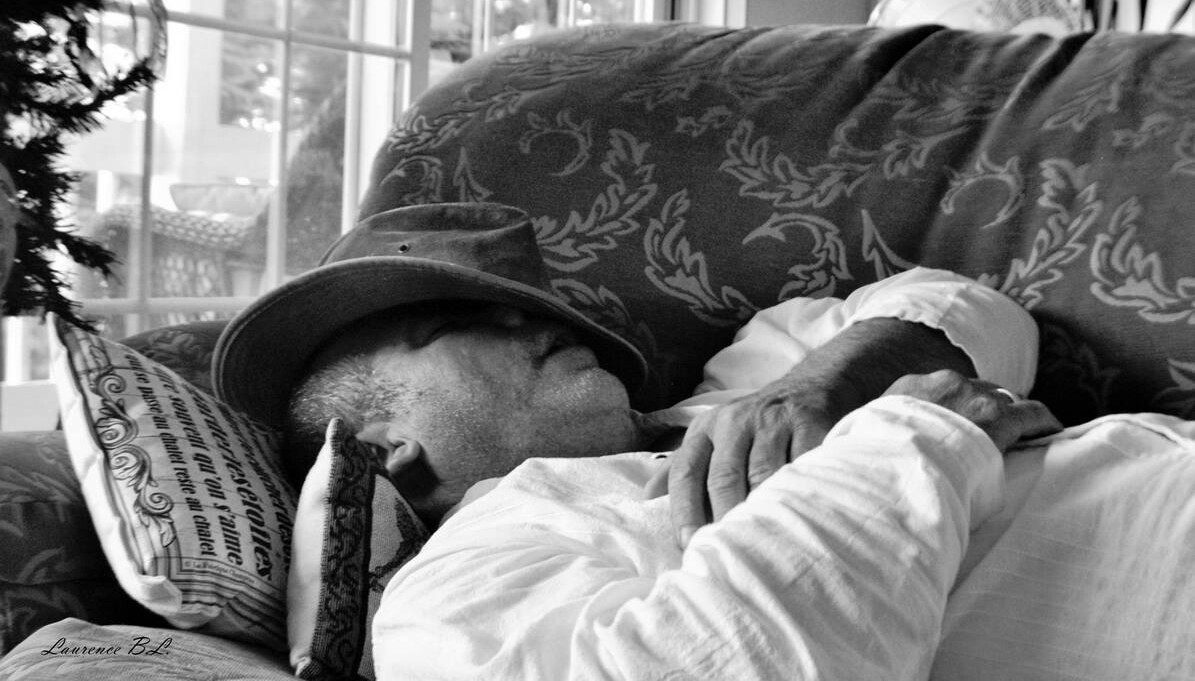
A study recently found a potentially-causal link between habitual daytime napping and total brain volume, which could carry implications for staving off the effects of aging.
The difference was not a small one, and it equated to the difference in brain volume between people with normal cognitive function and mild cognitive impairment, or between 2.6 and 6.5 years of brain volume loss due to aging.
The study was conducted via data on genetic polymorphisms recorded in the UK Biobank, a population-level database that combines health questionaries with gene-wide association studies to link various self-reported activities and choices with genetic variation and disease outcomes.
In this study, published in Sleep Health, the authors used a core group of 92 single-nucleotide polymorphisms to identify people who were genetically predisposed to daytime napping and separated those who had these SNPs into groups based on their answers to a question of how often they napped during the day, with the answers being never, rarely, sometimes, and often.
The genetic predisposition is important, as there are some people, the authors write, who simply never reach a point of daytime tiredness where they feel the need to nap, and studies have shown that these people may have higher brain volumes at baseline.
Sleep quality and duration are key factors in the speed of cognitive decline, of cognitive ability, and total brain mass. Sleep quality tends to diminish with age, as does cognitive ability and total brain mass. Furthermore, frequency of napping tends to increase with age after 60. For these reasons, the authors indicate that research on the effects of napping is paramount to understanding cognitive decline in later years.
MORE HEALTHY BRAINS: Probiotics Enhances Cognitive Abilities Through the Gut: A Key to Aging Brain Health
With over 350,000 participants from the UK Biobank analyzed with a mean age of 57, the authors found a causal association between genetically-disposed daytime napping and 15.3 cubic centimeters of increased brain volume, or around a 1.6% difference.
Secondary outcomes were hippocampus volume, and two measures of cognitive performance, visual memory, and reaction time. None of these showed any associated increases with habitual daytime napping.
This was a surprise for the scientists. The hippocampus is where, among other things, short-term visual memory is processed into long-term memory storage.
MORE SLEEP SCIENCE: Smell of Simple Fragrance While Sleeping Produces Major Memory Boost in Older Adults
“Our hypothesis was based on the fact that the hippocampus, as a brain structure that plays a crucial role in memory, could be a useful proxy of the variations in memory performance reported to be associated with daytime napping,” the authors wrote. “However, we did not find this association, nor an association between genetic liability to habitual daytime napping and visual memory performance.”
For the scientists, the takeaway was that more research is needed. For the layman, the findings may suggest that for those genetically predisposed to habitual daytime, i.e. for those who feel the urge to take a nap in the middle of the day, it could be a small natural defense against cognitive decline as they age.
SHARE This Fascinating Finding With Your Friends Who Like A Nice Nap…




















